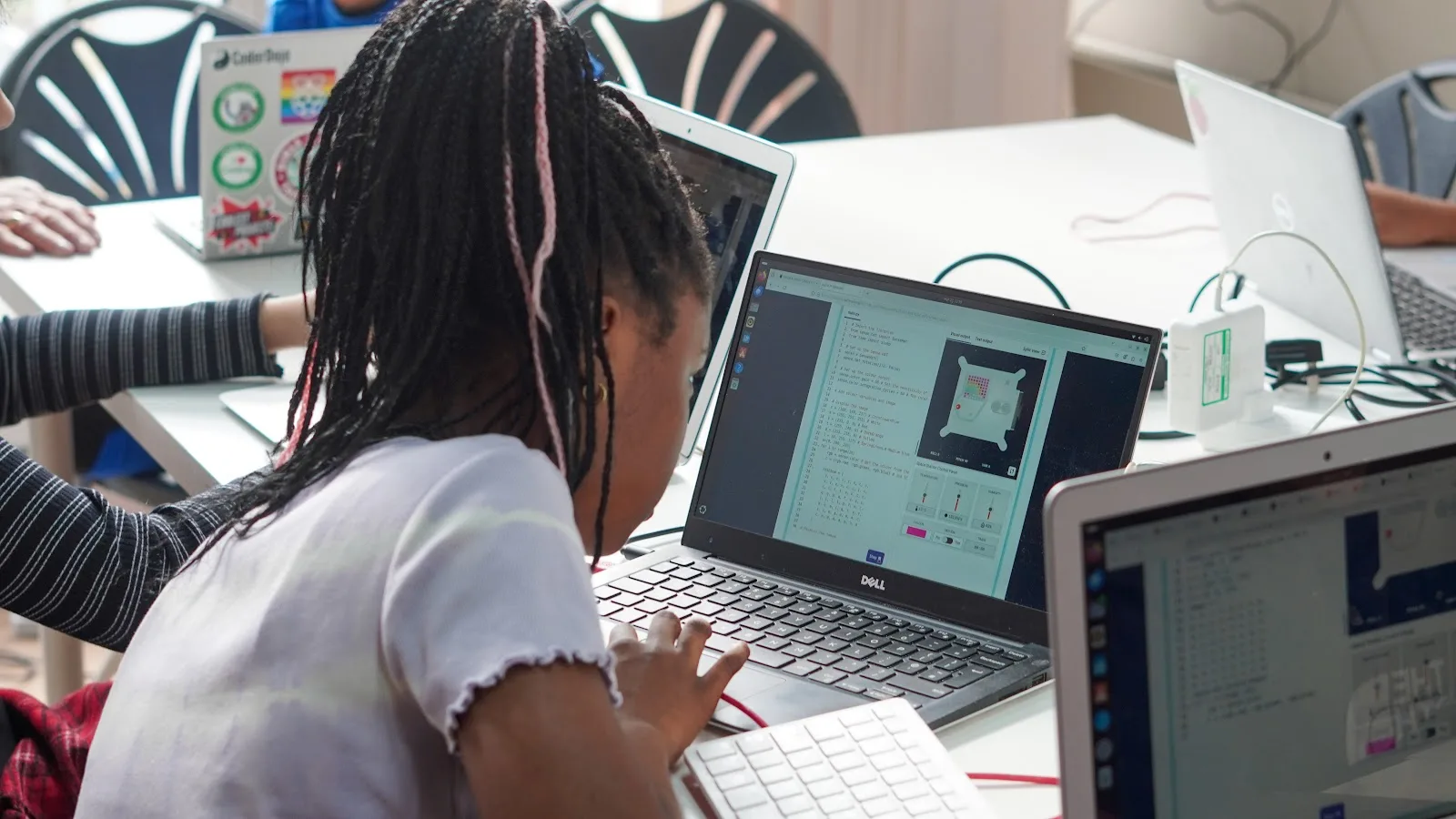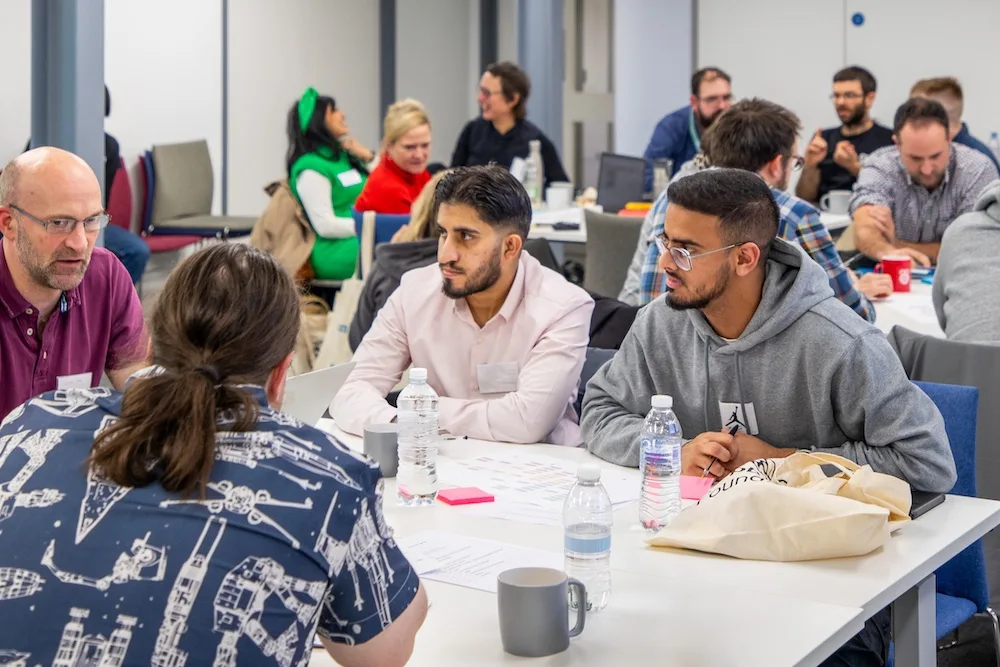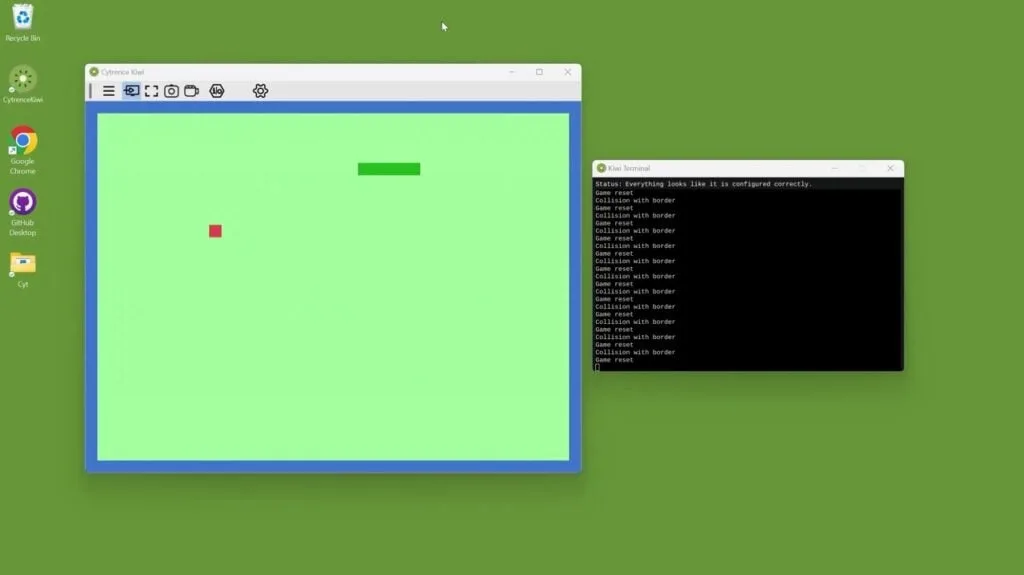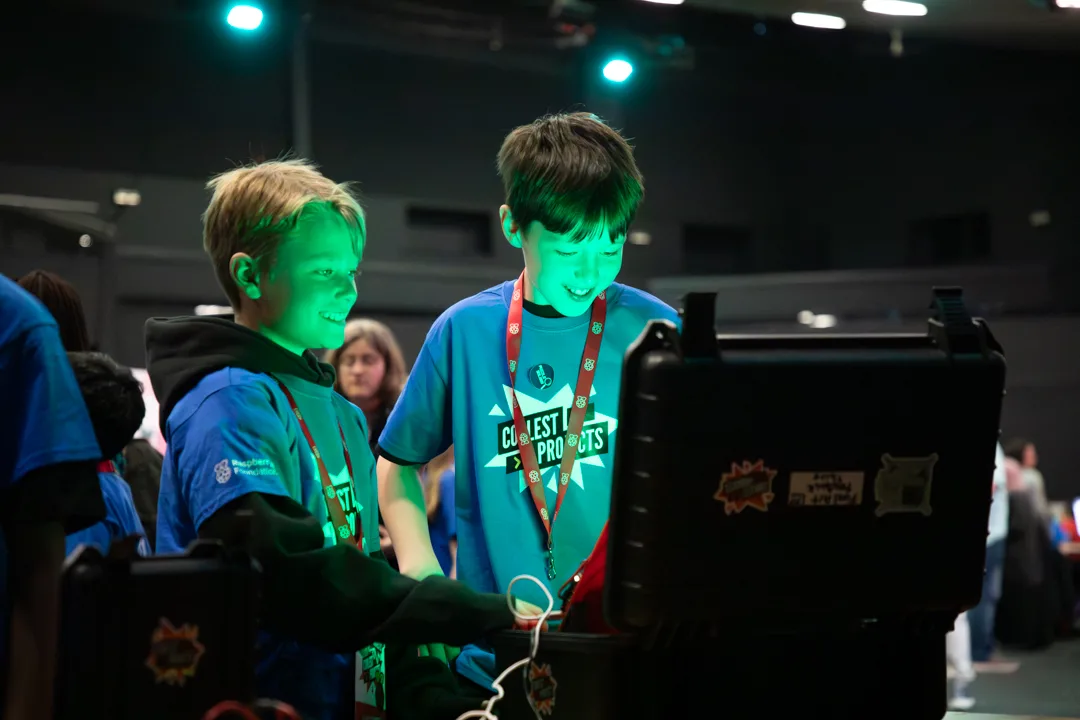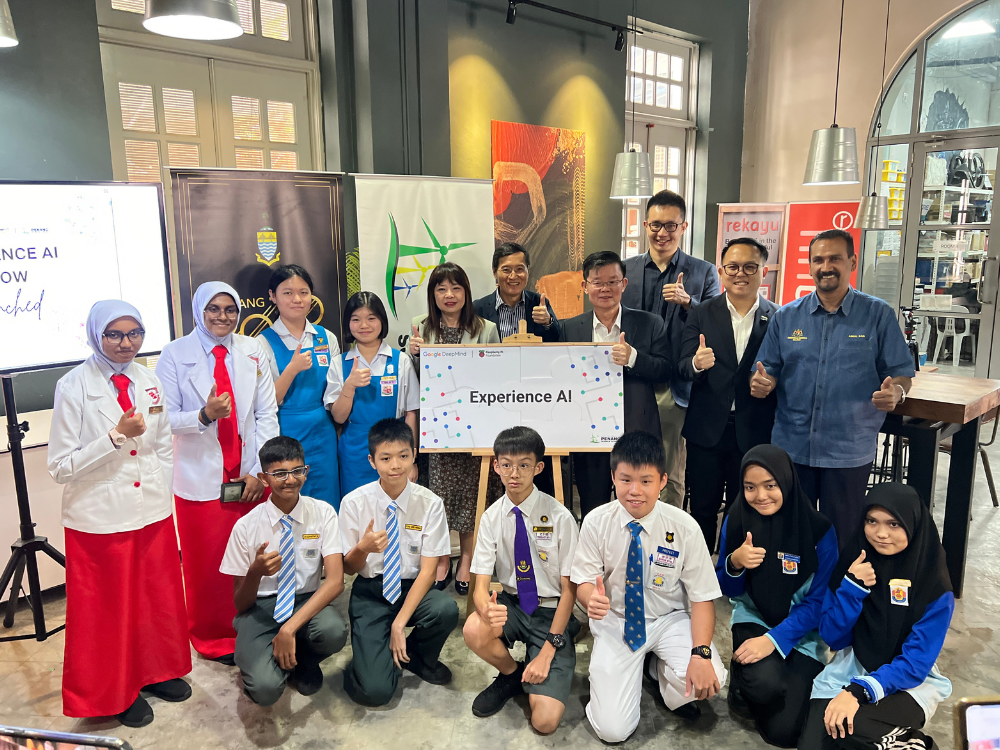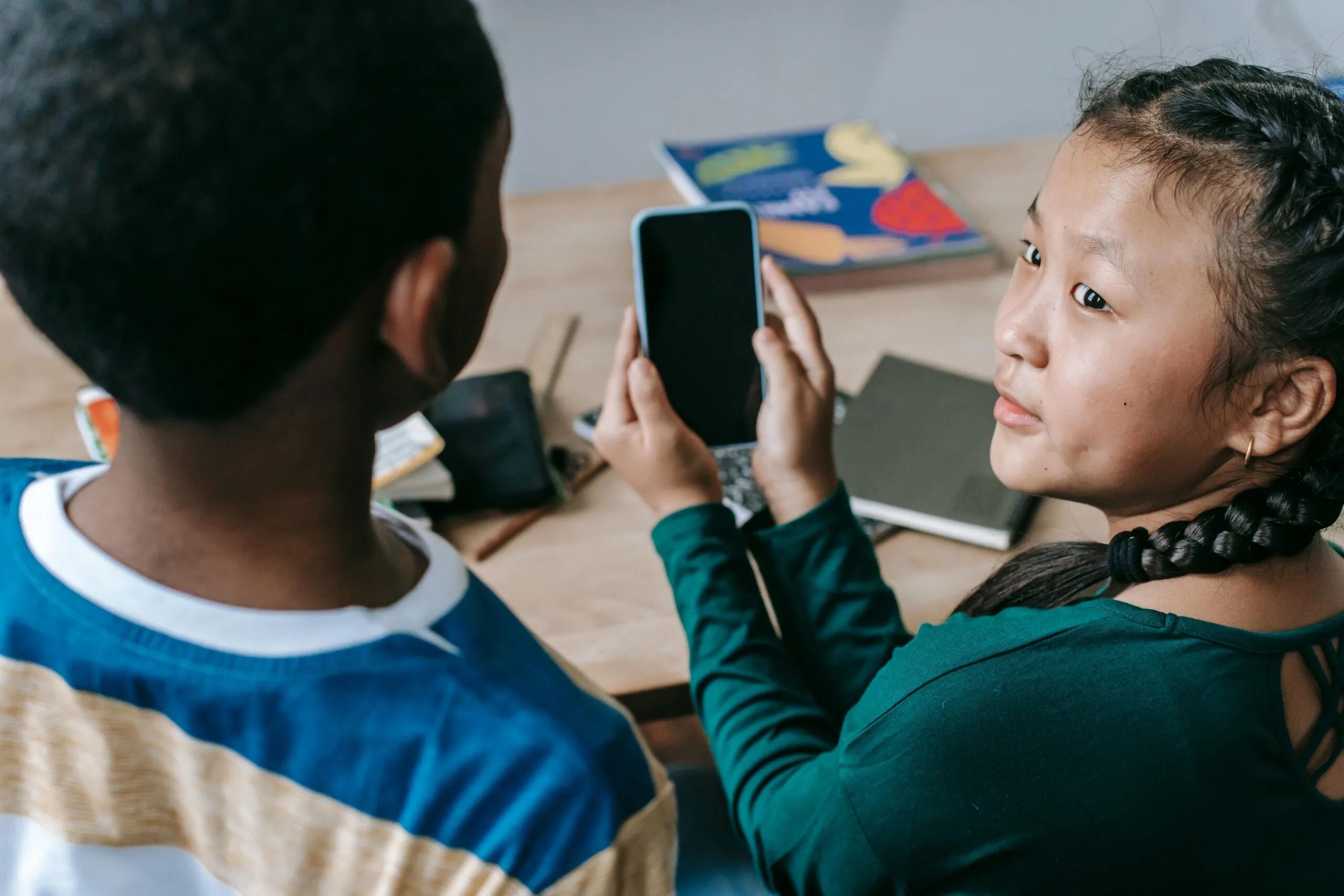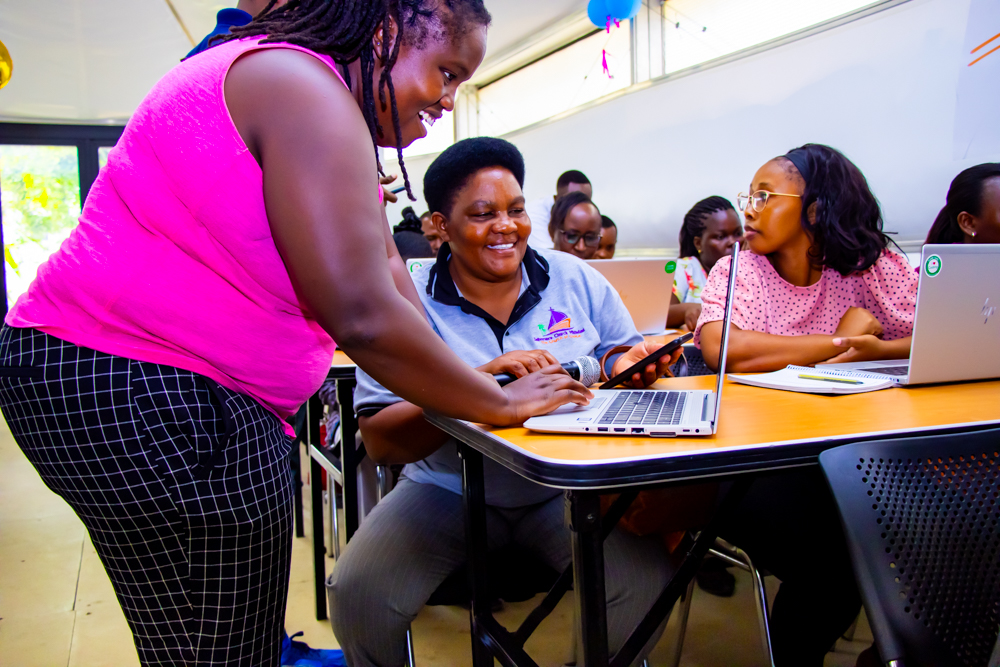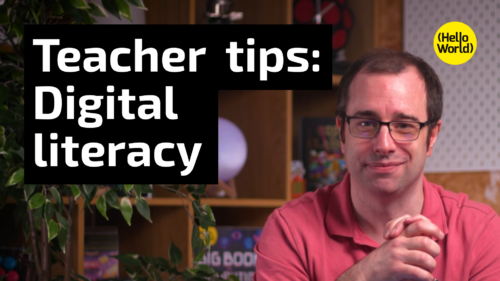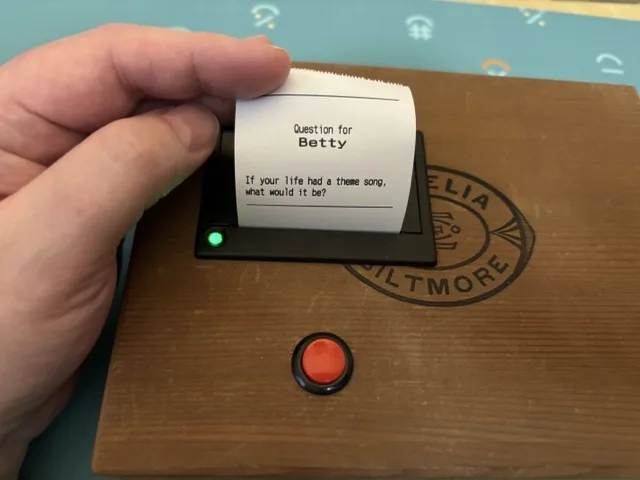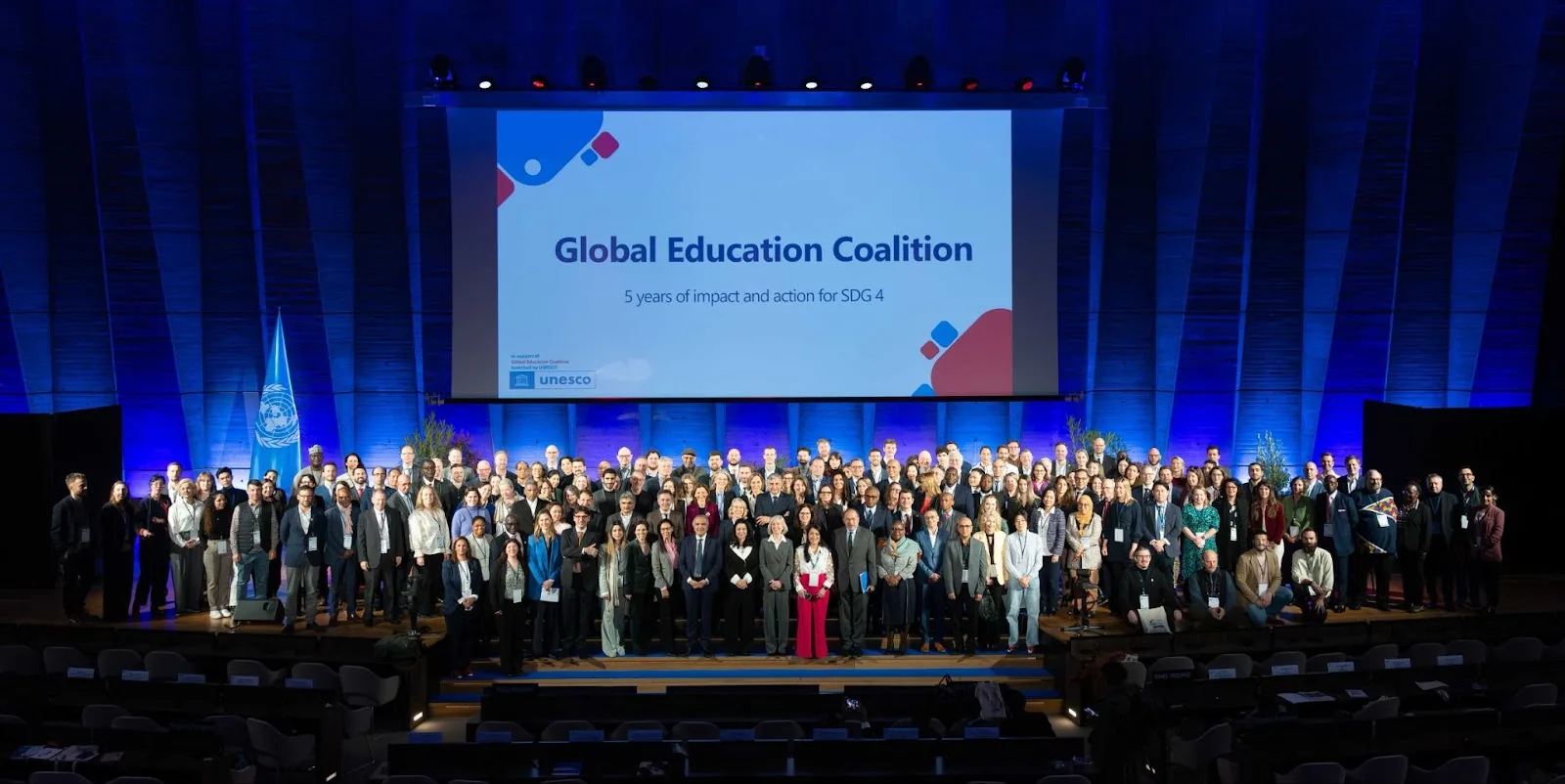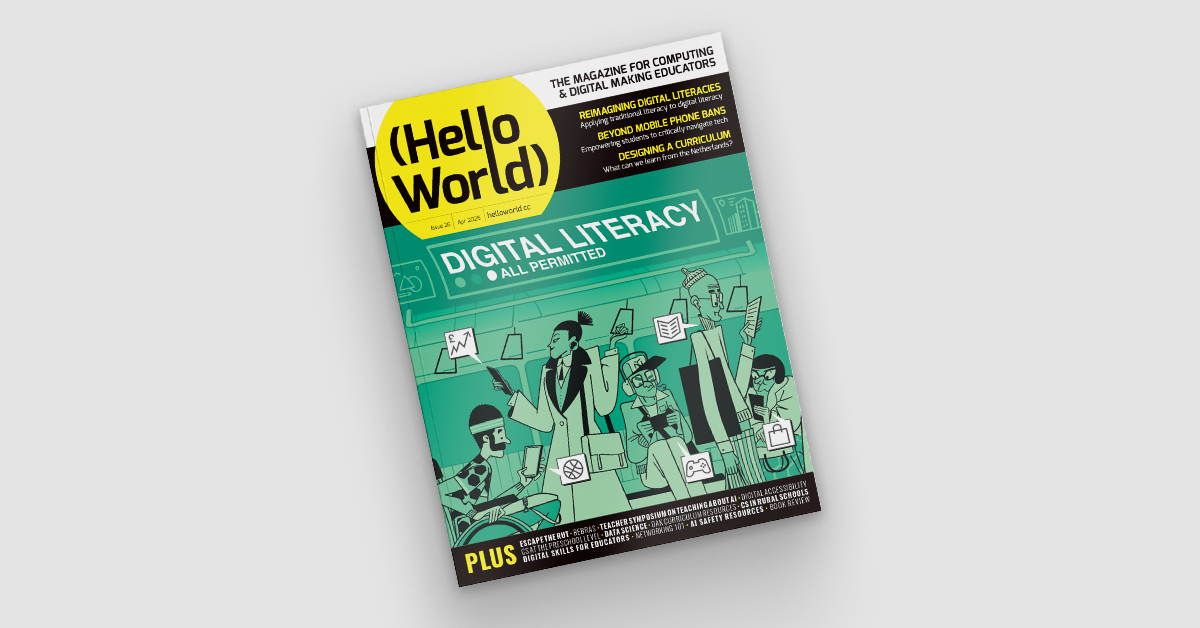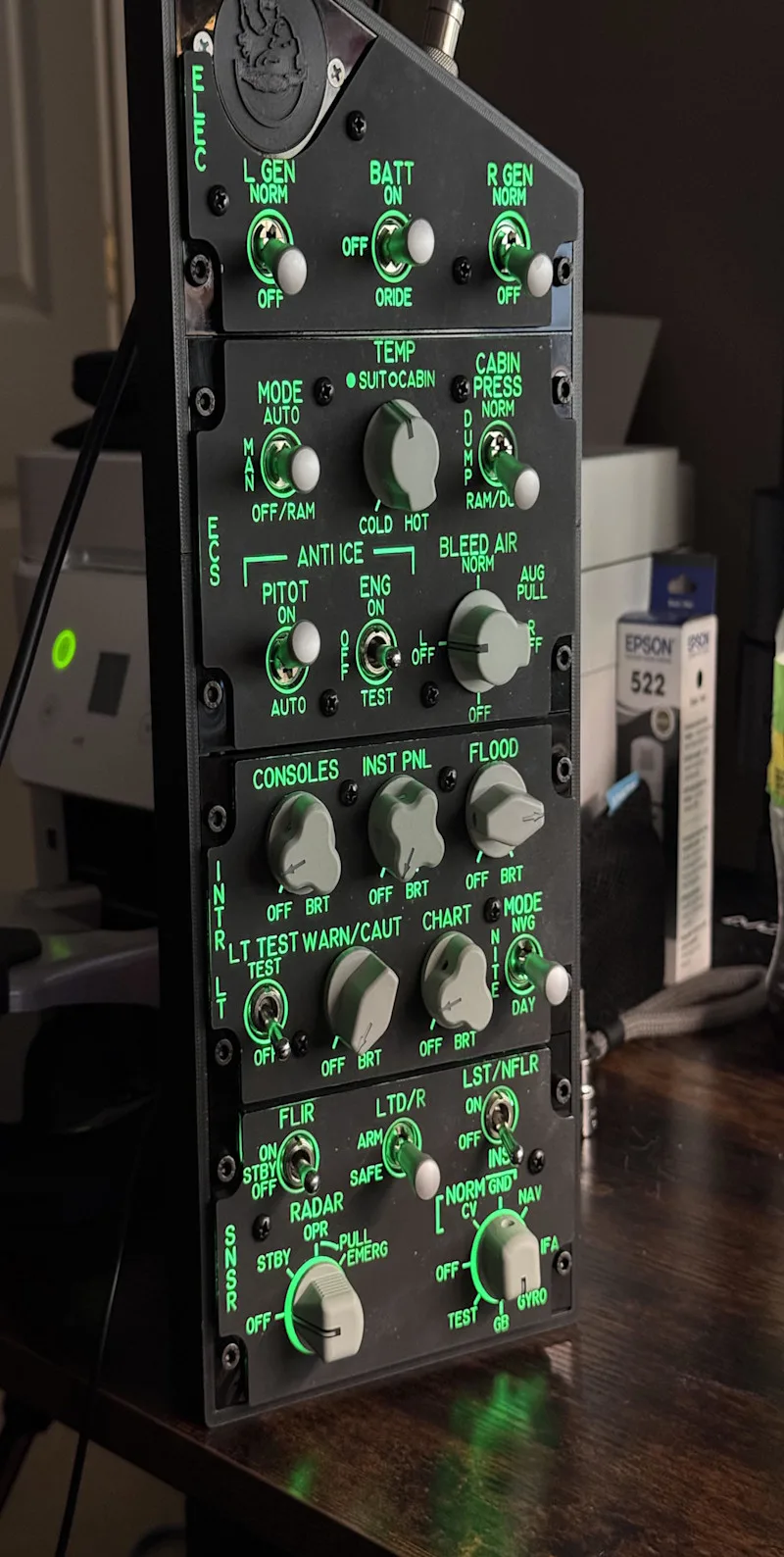This blog post is written by Victor Murithi, Communications and Media Consultant at Young Scientists Kenya, one of our global partners for Experience AI in Kenya.
When over 100 teachers from across Kenya gathered at Kangaru High School in Embu County for the Kenya Science and Engineering Fair Nationals in April, few anticipated just how transformative a two-day workshop could be. Delivered by the Experience AI Young Scientists Kenya (YSK) team, with support from the Raspberry Pi Foundation, the training sparked more than curiosity — it sparked a shift in mindset.
This wasn’t just about introducing new tools: it was about empowering teachers to confidently lead their students into an artificial intelligence (AI)-driven future.

National reach and local impact
What began as a plan to train just 40 teachers quickly grew into something much bigger. By the time the workshop kicked off, 104 teachers from over 80 schools across 37 counties in Kenya, had registered and participated — nearly tripling the initial target.
This overwhelming interest confirmed a powerful insight: teachers are eager to understand AI, not only to better prepare their students for the future, but also for their own professional growth.
The workshop’s curriculum didn’t just focus on technical skills, it aimed to create confidence, clarity, and community among the attendees — key ingredients for successfully integrating AI into teaching and learning.
“Helping teachers move past their fear of AI and understand its potential is incredibly powerful. Because AI is the future, and through this training, we’re reaching the minds that will shape it,” explained Lucy Mwaniki, AI Community Trainer at YSK.
Practical skills, real outcomes
As part of the training, the attendees completed interactive worksheets, tested basic machine learning models, and sat a final comprehension test, something they found both validating and motivational.
“We were able to do the summative test… which turned out to be a very effective way of us understanding how in-depth and how well they grasped the knowledge,” says Lucy Mwaniki.
In one standout session, teachers collaboratively brainstormed ways AI could address national educational challenges. Ideas included models to assist students in selecting academic pathways within Kenya’s Competency Based Curriculum (CBC). Several teachers also successfully built working models, demonstrating the potential of applied learning.
“It was a very eye-opening session… some of the teachers were able to create a very basic model, which was a wonderful experience for them,” Lucy Mwaniki explains.
What made this training exceptional was its immediate applicability and long-term vision. By the end of two days, teachers weren’t just AI-aware — they were AI-ready, with many already starting to explore how AI tools could support entrepreneurship, lesson planning, and personalised learning pathways.

Celebrating our achievements and impact
At the close of the training, each teacher received a Certificate of Participation, recognising their commitment to professional development and their new capacity to bring AI into the classroom. The awarding of certificates added a sense of accomplishment and pride, reinforcing that teachers are key drivers of technological transformation in education.
And the impact of the training was measurable:
- 95% of teachers agreed that the training increased their knowledge and confidence to teach AI concepts
- 88% of teachers agreed that the training was high quality and useful for preparing them to teach the Experience AI lessons
But it doesn’t end there, as Vanessa Inziani, Head of Programs at YSK, explains, “Our commitment doesn’t end with the training — we continue to support educators with resources, mentorship, and follow-up to ensure success in delivering the program in the classroom.”
Looking ahead towards a promising AI journey
With the rapidly evolving digital landscape, AI is no longer a distant concept — it’s a present-day classroom necessity. Yet, introducing AI into schools isn’t just about technical literacy; it’s about confidence, clarity, and community and the approach the Young Scientist Kenya team and Experience AI delivered during the two-day training is anchored in this belief.
As AI continues to shape the global education landscape, programs like Experience AI provide the bridge needed to equip teachers, inspire students, and future-proof education systems. The Kangaru High School session was not a one-off — it was a catalyst for systemic change.
Experience AI is scaling. As it expands across Kenya and beyond, the benefits are clear:
- Empowered educators who gain confidence and skills to integrate AI in their teaching
- Future-ready students who grasp foundational AI concepts and their real-world applications
- Sustainable impact as trained teachers go on to influence thousands of learners in their communities
The journey from fear to fluency starts with a single step, a willingness for us all to explore what’s possible. Together, we can equip educators, inspire students, and shape Kenya’s future, one AI-literate classroom at a time.
About Experience AI
Experience AI is an AI literacy programme, co-developed by the Raspberry Pi Foundation and Google DeepMind, that teaches students aged 11 to 14 about AI and machine learning. Thanks to funding from Google.org, Young Scientists Kenya has partnered with the Raspberry Pi Foundation to provide free training to Kenyan educators, equipping them with the skills they need to effectively deliver the programme in their settings. They are one of two global partners working with the Raspberry Pi Foundation in Kenya.
You can find out more about the programme on our website: rpf.io/expai-ysk-blogpost
Website: LINK













